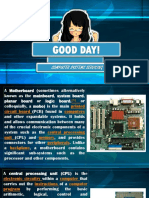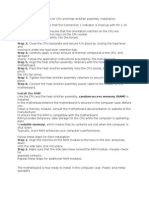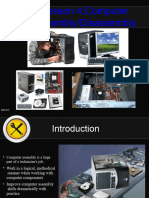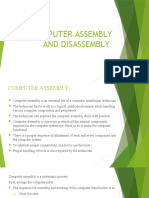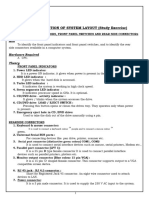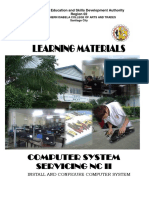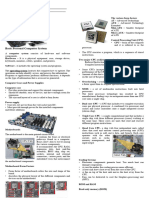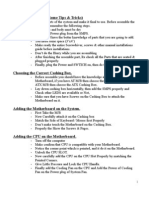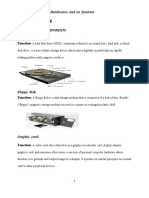0% found this document useful (0 votes)
11 views24 pagesComputer Assembly
Chapter 3 covers the process of computer assembly, including opening the case, installing components like the power supply, motherboard, and drives, and connecting internal and external cables. It also discusses booting the computer for the first time, configuring BIOS, and upgrading components such as the motherboard, CPU, and RAM. The chapter emphasizes the importance of proper installation and configuration for optimal computer performance.
Uploaded by
KarimCopyright
© © All Rights Reserved
We take content rights seriously. If you suspect this is your content, claim it here.
Available Formats
Download as PPT, PDF, TXT or read online on Scribd
0% found this document useful (0 votes)
11 views24 pagesComputer Assembly
Chapter 3 covers the process of computer assembly, including opening the case, installing components like the power supply, motherboard, and drives, and connecting internal and external cables. It also discusses booting the computer for the first time, configuring BIOS, and upgrading components such as the motherboard, CPU, and RAM. The chapter emphasizes the importance of proper installation and configuration for optimal computer performance.
Uploaded by
KarimCopyright
© © All Rights Reserved
We take content rights seriously. If you suspect this is your content, claim it here.
Available Formats
Download as PPT, PDF, TXT or read online on Scribd
/ 24



